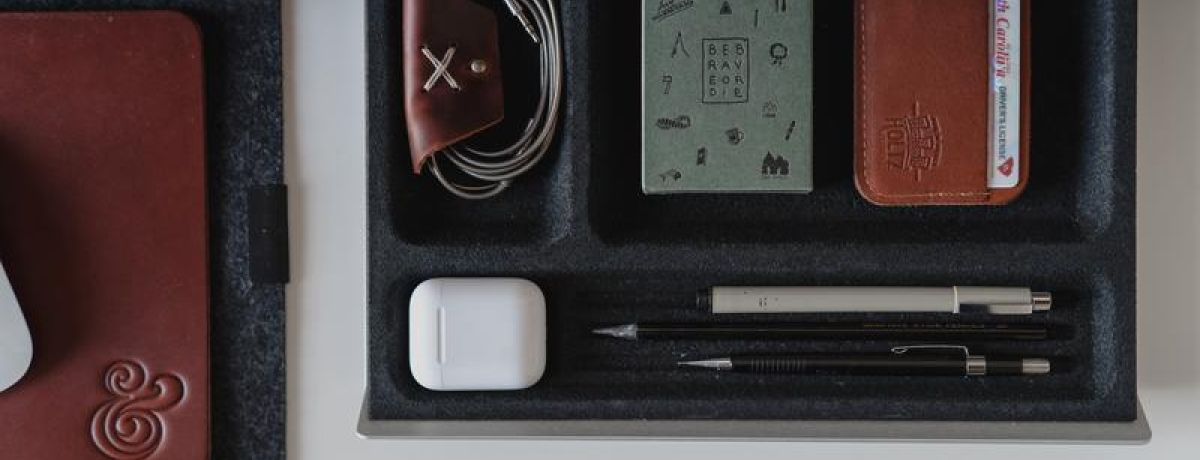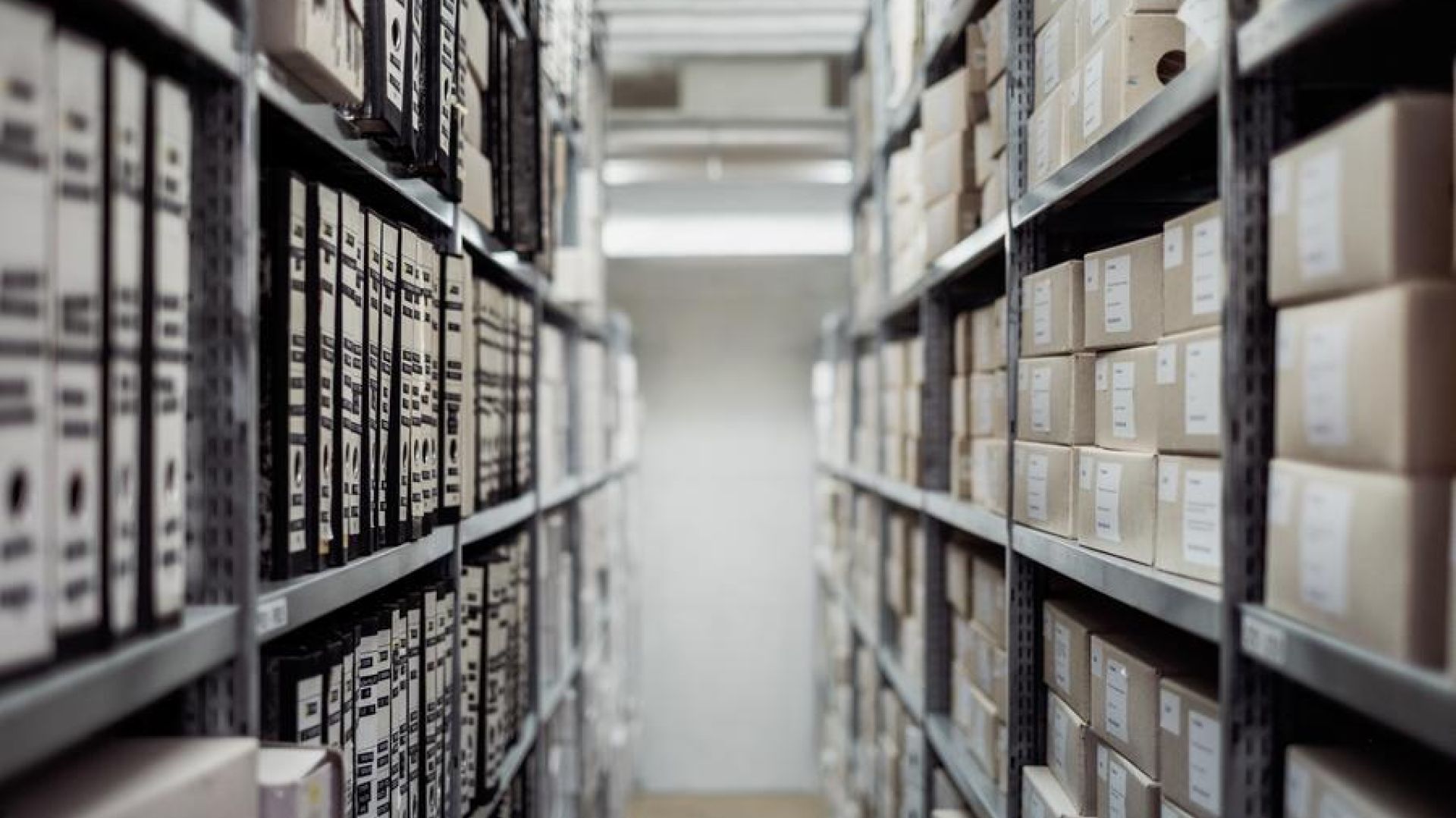
How A Save For Later System Unclutters & Prioritizes An Overwhelming Work & Life
Several years into the journey of running a small business, I begin capturing and documenting ideas, thoughts, and projects for the business. The shift of juggling everything in my head to articulating it on digital paper began, and it was a freeing feeling to know I now had a reference for what mattered.
For years, we'd have sidebar discussions in meetings and calls. We'd "table" these conversations to come back to later. Finally, a team member called us out on these invisible tables we were leaving everywhere. We needed to take the concept of capturing seriously, or we'd never move forward what we said was important.
This drive to capture ideas and move projects forward was the catalyst for the development of IDEMA, the framework for capturing and sustaining ideas.
What is the life cycle of every project? Ideate, discover, execute, maintain, and audit. This awareness led to personal and professional applications to capture and process everything that came at me from emails to articles.

Personal Application of Save For Later
This line of thinking led to me launching Evernote. Now more organized and formalized, this note tool and my writing garden system provide a place to capture all my writing ideas and move them forward in the process.
My Evernote includes a collection of over 2,115 ideas, outlines, drafts, and backed up finished articles. There's not a shortage of content for this website, simply the time I need to develop it. But capturing my thoughts is simply one step in the larger save for later system.
Processing The World In My Timeline
With so many ideas, resources, emails, articles, videos, podcasts, things to do, how do we effectively capture, filter and process it all? Consumption is not a realistic option to work through it all. And, in many times is simply a distraction.
Don’t let consumption take over your creative time. Consumption is necessary for inspiration but draw the line. Listen to the new album later. Read the blog post later. Make a save-for-later system that works for you. Create more than you consume.
— Mikael Cho (@mikaelcho) July 24, 2018
And if this tweet by Mikael speaks to you, let me introduce you to my day-to-day save for later system. The goal of this process is to have a final destination for everything that comes my way. Nothing that matters should require I handle it now.
Sources & My Save for Later System Components
-
Gmail Inbox - This is a large source of incoming ideas, links, actions, and messages. During the early Noodlehead Marketing years, managing my inbox was also an ongoing struggle. Now, I'm working out of Inbox zero almost daily. Respond, do, archive or delete. The most helpful recent addition to Gmail was the ability to SNOOZE a message for a later date. This save for later function allows me to place the message in a future time slot when I can appropriately address it.
-
Feedly - This content feed tool manages all my incoming blog feeds and, like email, it's more of a source of content than a save for later mechanism. It includes a variety of topics such as business, marketing, marriage, movie new, and political commentary. I'll sort through hundreds of articles each week, reading a few, and saving the rest for later using a tool called Pocket (which integrates with Feedly).
-
Pocket - Previously known as Read It Later, Pocket has been a huge contributor to my save for later system. Anything with a link can be easily saved to my pocket from the computer browser or my phone. This collection hub provides me with a place to save anything I want to consume at my own timing. Going through my Feedly, I'll push several items to Pocket. When I go into Pocket to read, I'll also filter some of what's in there. These two steps help me trim down the volume of consumed content to a more manageable level. I also use the favorites tag in Pocket to indicate links I want to share across social media.
-
Youtube - Youtube is another source of content, and while I could save these videos to my Pocket, I instead use Youtube playlists to manage my watch later queues. There are two primarily lists I'll funnel new subscription & trending videos. The first playlist is my watch later where I'll stream videos while I'm working throughout the day. The other is my watch with kids list. Multiple days a week after dinner, we'll sit and watch these Youtube videos together. Check out this past blog post for 9 of the channels I watch with the children.
-
Stitcher - This is my goto podcast management tool (explore my favorite podcasts here). Built into the tool is an option to save any podcast episode for later listening, which is mostly done while I'm driving. This is especially important to me for shows I don't want to miss a single episode.
-
Habitica - This habit management & task listing tool is one of the four apps I launch at the beginning of every day. If I want to maintain a new habit, or I have a new task that needs doing, I add it to one of my lists. If anything needs doing, the challenge is not capturing it, it's making what I've captured happen.
-
Airtable - Airtable is a tool I use to capture ideas, tasks, and projects not just for my freelancing business, but also for the clients I work with. In fact, I've set up an IDEMA capturing template and a freelancing dashboard template in the Airtable Universe. In my freelancing dashboard, I capture my contacts, leads, and customers (active & inactive).
-
Evernote - As mentioned earlier, Evernote is my tool for capturing ideas I'll process into finished blog articles. Outside of this primary purpose, I also capture some private and client related notes.
-
Letterboxd, ReelGood, Netflix, & Steam - These websites help me manage the movies, tv shows, & games I want to watch/play. My Netflix DVD queue houses all the movies scheduled to deliver at my house. Letterboxd overlaps some, but it also provides me with a place to log what movies I've watched and any reviews I've provided of them. ReelGood keeps me up to date on the shows I follow and the episodes I'm behind on. Steam is used for building my computer game wishlist (which also notifies me when these games are on sale).
-
Amazon Wishlists - If there is something I want to own, I'll simply add it to my Amazon wishlist. In fact, you can even add items not for sale on Amazon to the wishlist so it works well for me.
-
Shazam & Pandora - To discover music I love, I'll use Shazam to tell me the song and artist. From there, I'll add that song and/or artist to my Pandora radio station so it plays it and music like it later.
What else? I use my Google Calendar to capture events and meetings. There is a spot on my desk for checks I need to deposit, and I capture my billable client logged time using Timecamp. There is a place for my toe socks, and on and on. To some degree, we all have a save for later system, but many times we just don't translate it to the digital world or we don't understand it enough to get intentional about it.
This article provided ideas and tools to help you to also obsessively capture ideas, and actions so they don't disappear or get abandoned. The key is to have a place for everything so all we need to do is move things from one place to where it belongs. Much like my keys and wallet have a little box next to my desk for easy later finding, all the information, entertainment, and things we want to do later also need this place.
Photo by Lee Campbell on Unsplash


